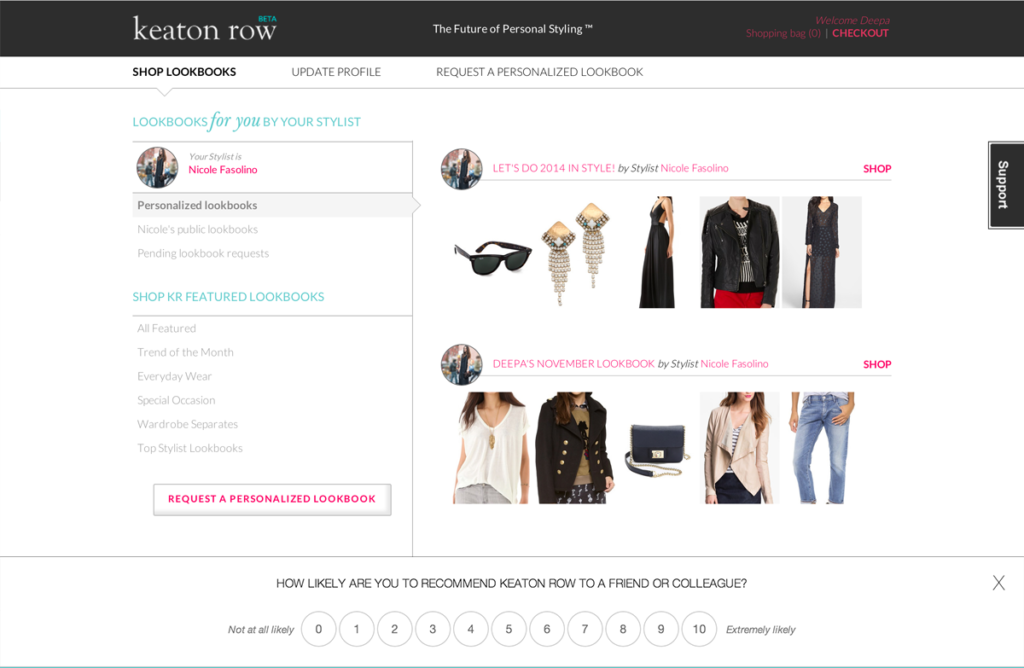I’m a lucky man. As part of my job, I’m able to meet with leadership at some of the largest and best brands in the world. These executives are already evangelists for creating stellar customer experiences. They’ve invested in the best technology, changed their processes, the executive teams and boards have bought in; they’ve infused customer-centricity into their cultures. And they’re seeing results in the form of higher CSAT and NPS scores, lower churn and better retention, not to mention more engaged employees.
But these men and women don’t invite me into their offices to boast about their accomplishments. They come to me hungry, wanting to know how they can do more. Having already raised their bars, they ask what else they should be doing to take their companies even higher.
Where Metrics Give Way to Stories
With all the traditional CX boxes checked, the conversations always turn inward to the promises they’ve made to their employees and customers, and how well they feel they’re keeping those promises. At that point, metrics fall away and they share stories. Stories about how they want to make their customers feel about doing business with their companies. And how they and their employees feel when they get it right.
It’s a fascinating process, especially since these are the same executives who continually beat the drums of “measurable results” and “ROI.” And they should. Because as crass as it sounds, the success or failure of companies and careers is defined by how many widgets we sell.
This conflict between the very human and the down-to-business sides of what we do in the realm of customer experience is real. And because our ability to measure and prove will always be central to how we define success, it’s more difficult to articulate and value the “softer” side.
Thankfully, we’ve got a few things going for us. First, we’re all customers, and as such, we get the importance of feeling valued at a gut level. We don’t need ROI numbers to know how big a role emotion plays in the brands to which we commit ourselves in our personal lives.
Loyalty Is a Feeling
There’s also a growing body of both qualitative and quantitative research that confirms how critical the emotional component of customers’ experiences are to our success. I recently attended Forrester Research’s Forum for Customer Experience Professionals. VP & Principal Analyst Megan Burns discussed the results of research titled “Introducing Forrester’s Next-Generation Customer Experience Index,” which the firm recently conducted across a variety of industries.
They found that how customers feel about their experience has more impact on loyalty than any other factor for 11 out of the 17 industries that they test—more than how well a product works, how much it costs, or how convenient it is to get or use. And for the other six industries, how customers feel is at least as important as other factors.
When people in our business use the word “loyalty,” it means something. Loyal customers spend more money with our brands, purchase more often, and refer friends and family. They’ll pass up lower prices, closer competitors, and other temptations to engage with us. Loyal customers are our Holy Grail.
So how do we focus on making our customers feel more valued, and at the same time keep our eye on the bottom-line prize? How do we make sure our motivations and efforts stay authentic and don’t stray into the smarmy and manipulative? We’ve already seen some organizations bring in top-level executives charged with sitting in for the customer at the decision-making table. Other companies are changing how and who they hire—focusing on frontline team members with higher EQs (emotional intelligence quotients).
And these are great places to start. But what about the C-suite team? Are your CTO and CFO customer-centric? How about your KPIs? Are you incenting and empowering employees at every level of your organization—from procurement to programming—to think about how each action impacts the people at the end of the chain?
Balancing the Practical and the Aspirational
We can all do more. We can stop asking what we want to know, and start listening to what our customers want to tell us: their stories, in their own words. We can stop abdicating our responsibility to bureaucracy, technology, vendors, or partners and just do what needs to be done to make it right.
In her remarks, Burns cited a quote from the late poet Maya Angelou that we should all adopt as a mantra:
“I’ve learned that people will forget what you said, people will forget what you did, but people will never forget how you made them feel.”
If we can achieve that sublime balance between the practical and the aspirational with our customers and continually seek to do more, they will respond. When we stay true to our brands, which are the souls of our organizations, and keep the promises we’ve made, we won’t have to worry so much about that bottom line. It will take care of itself.


